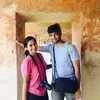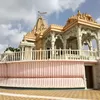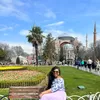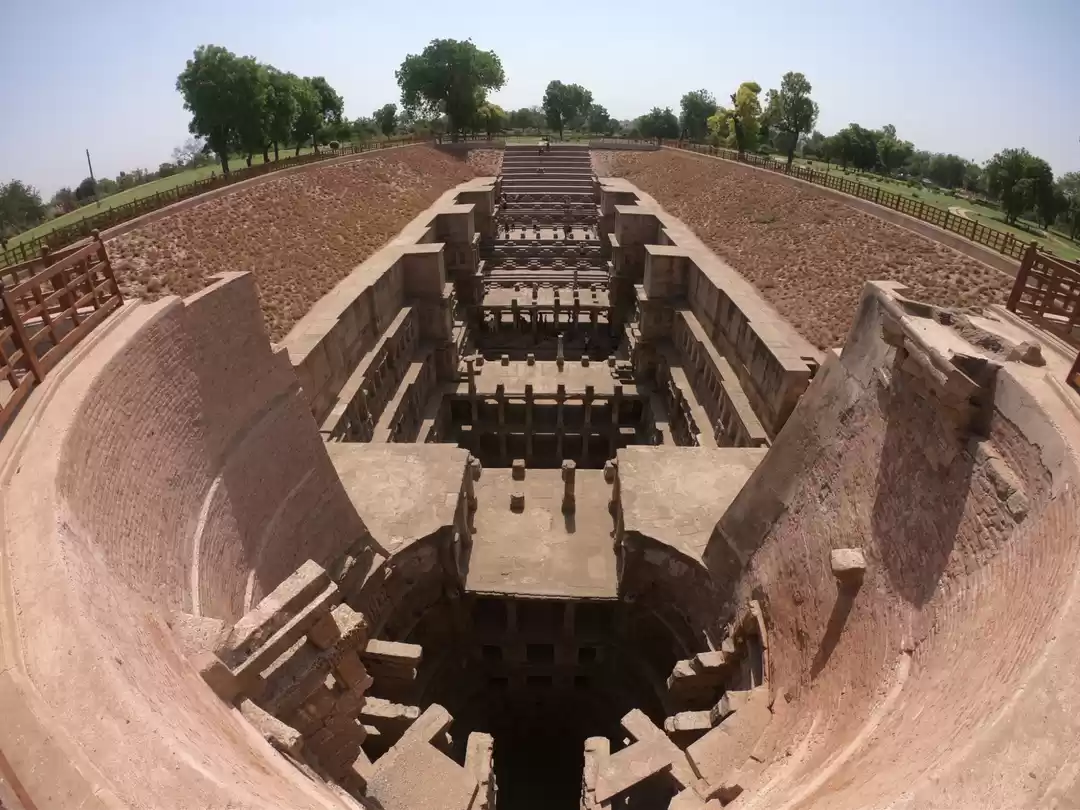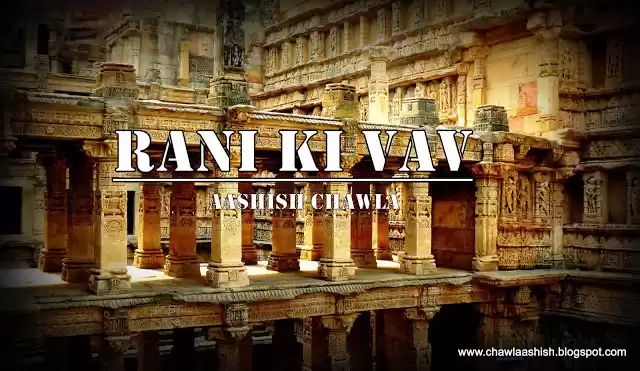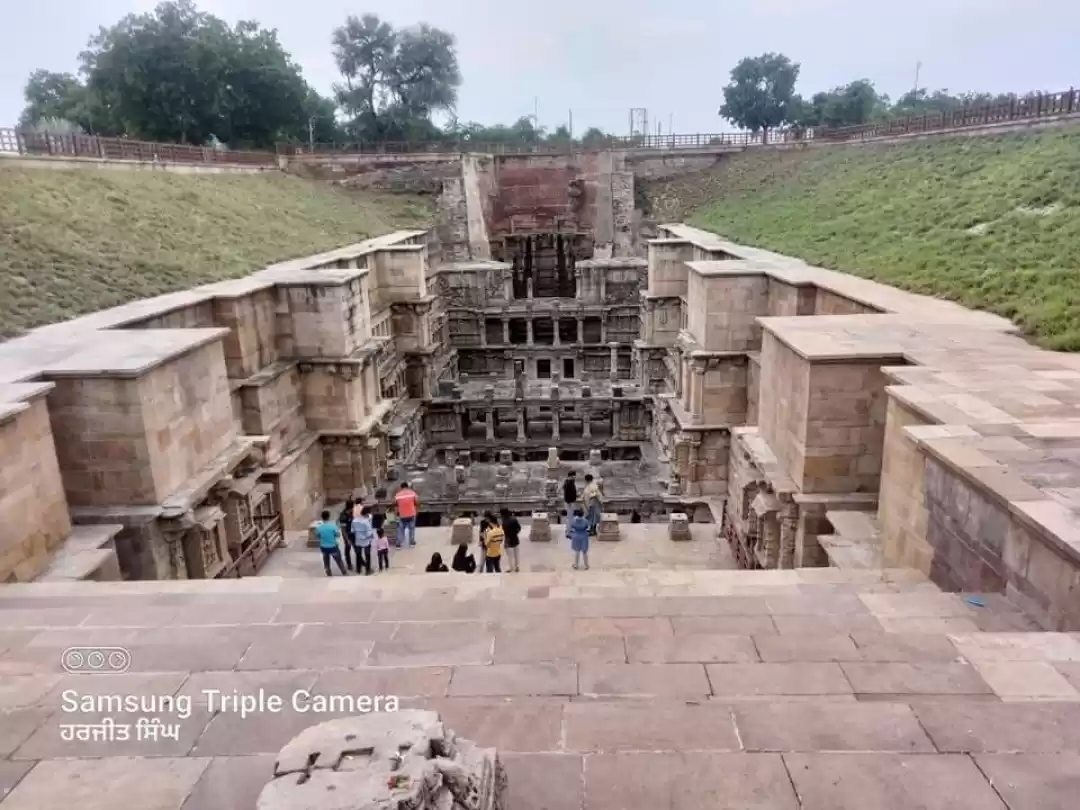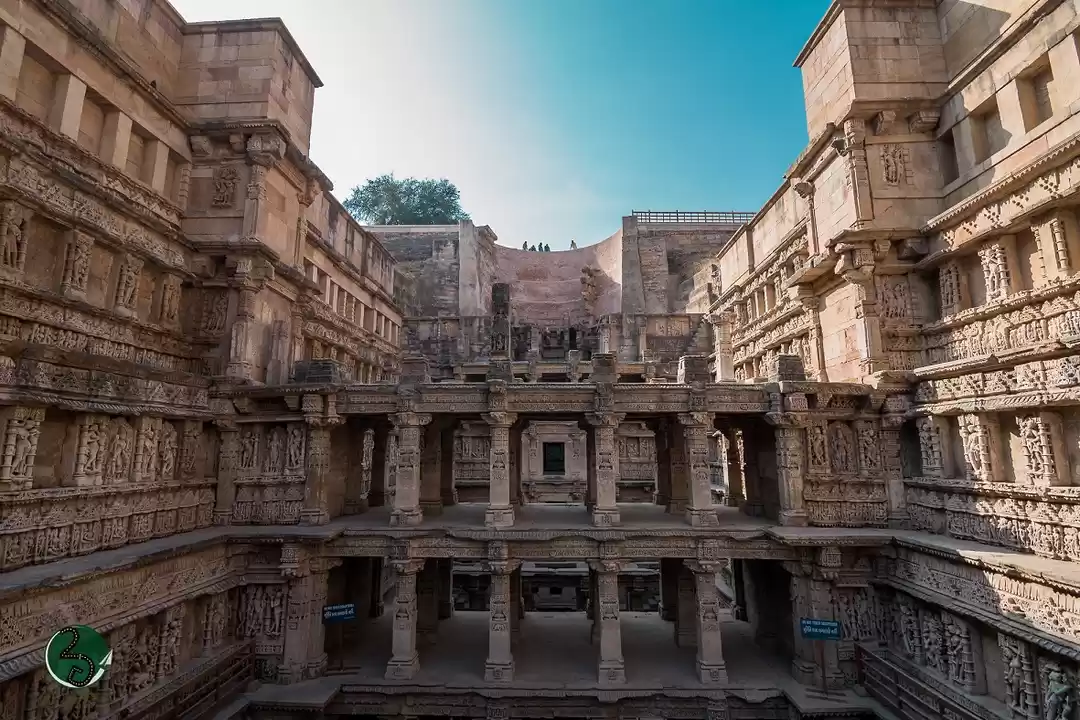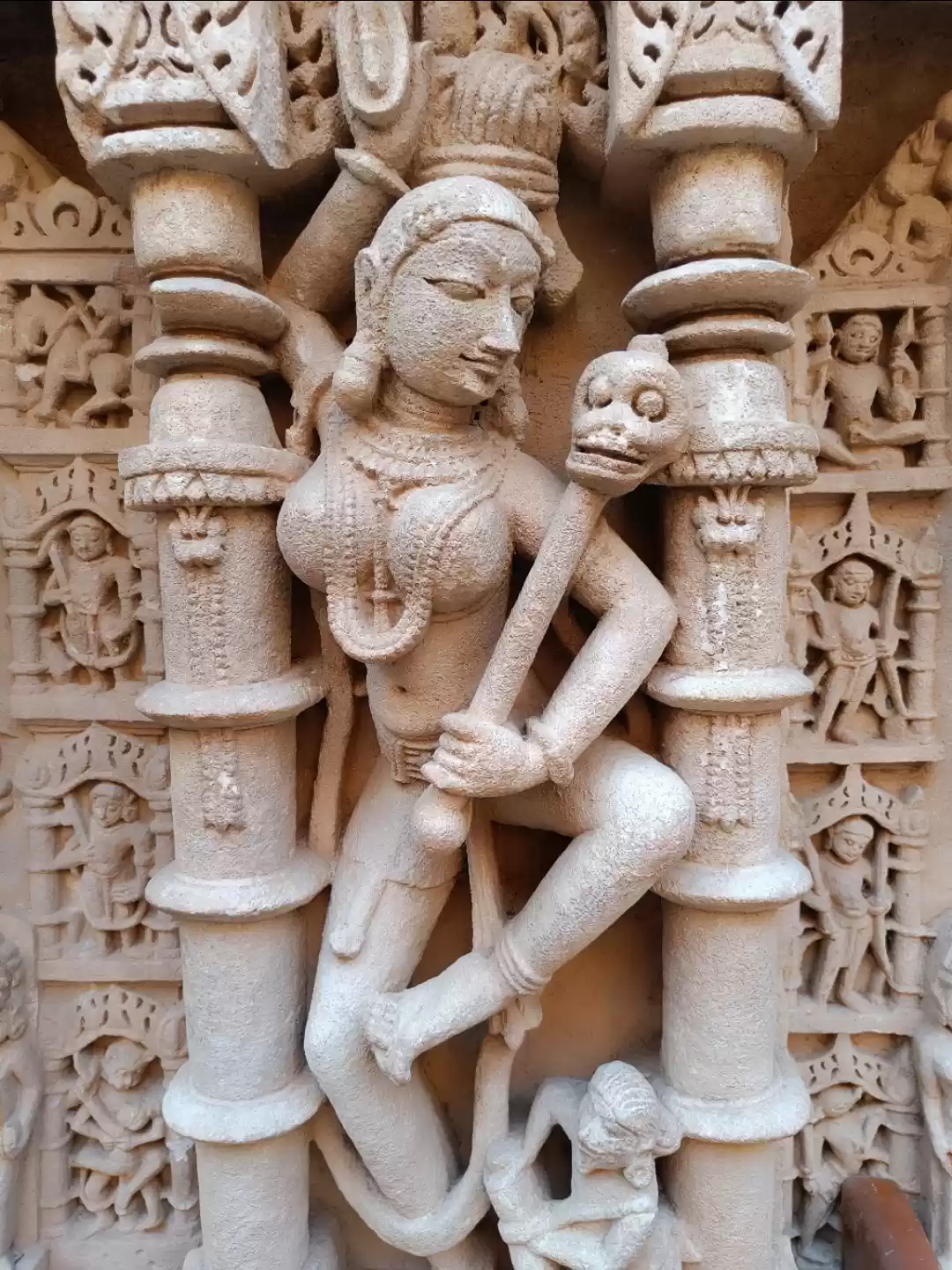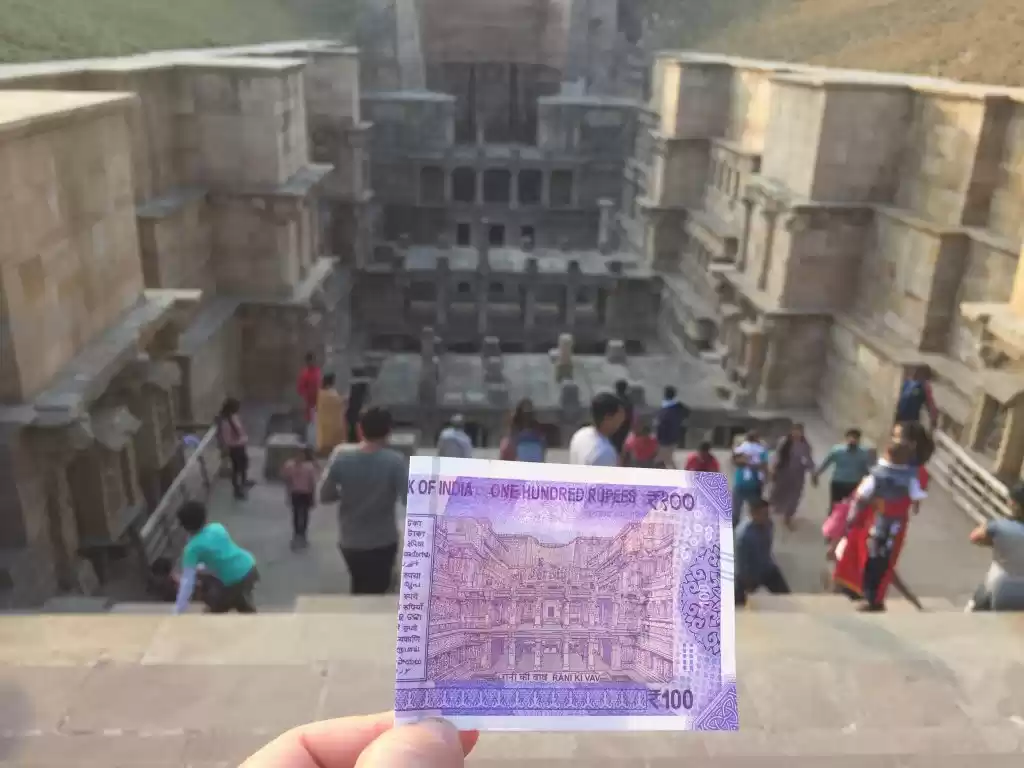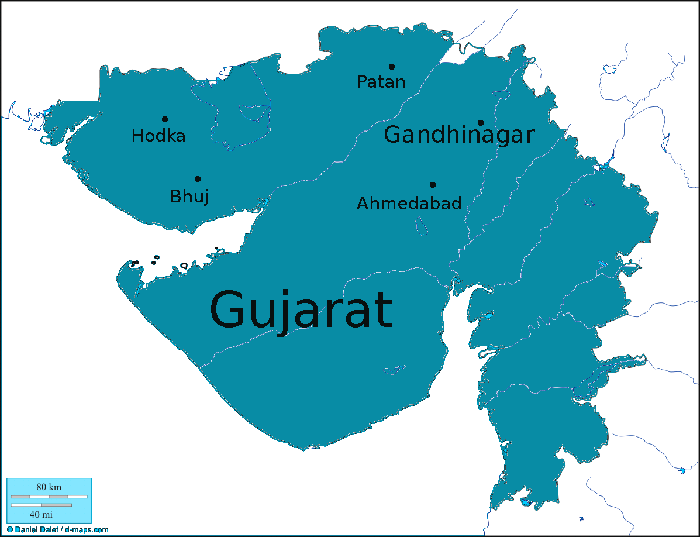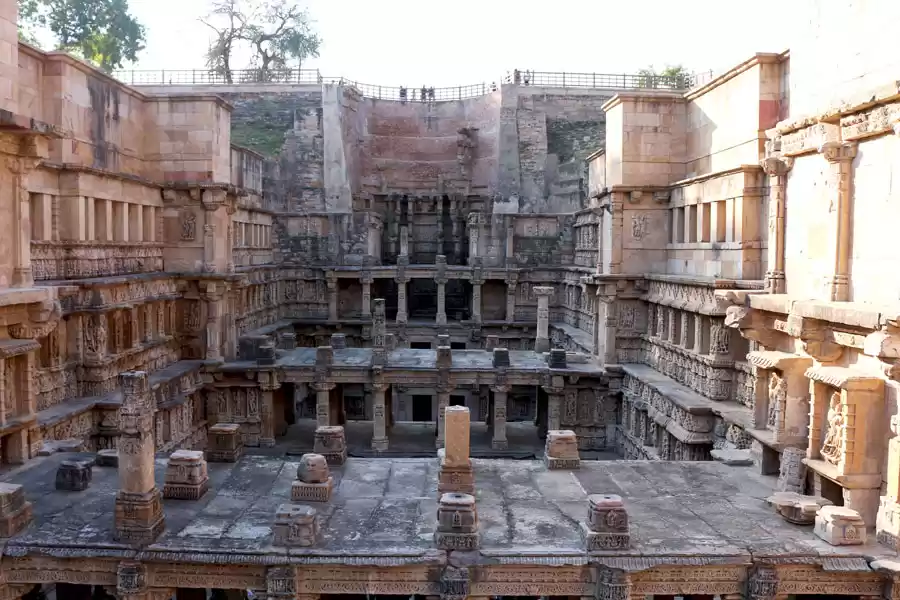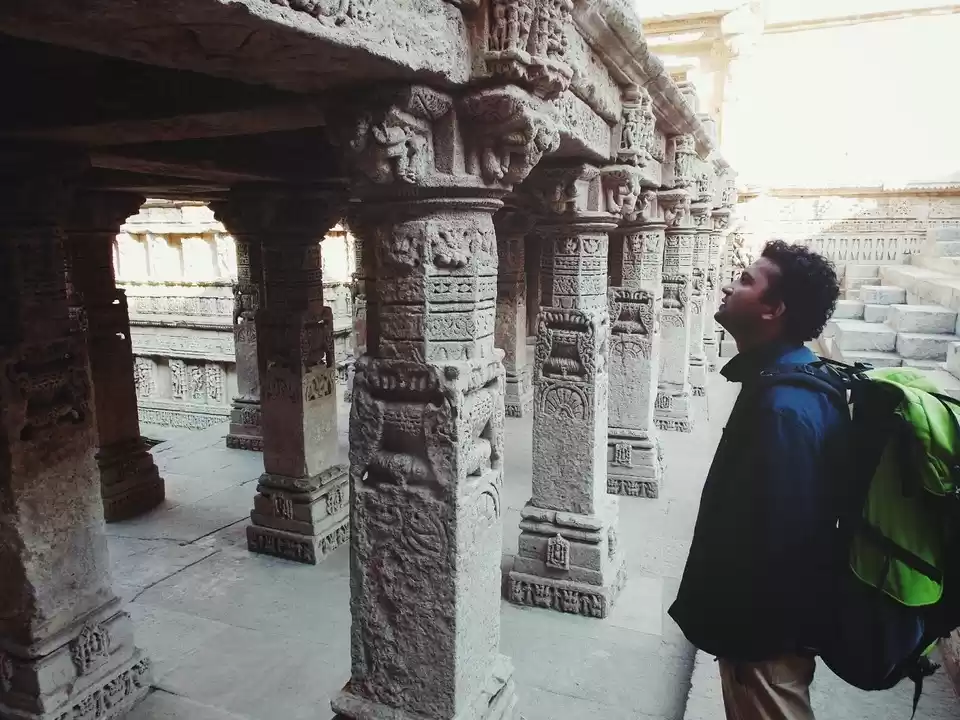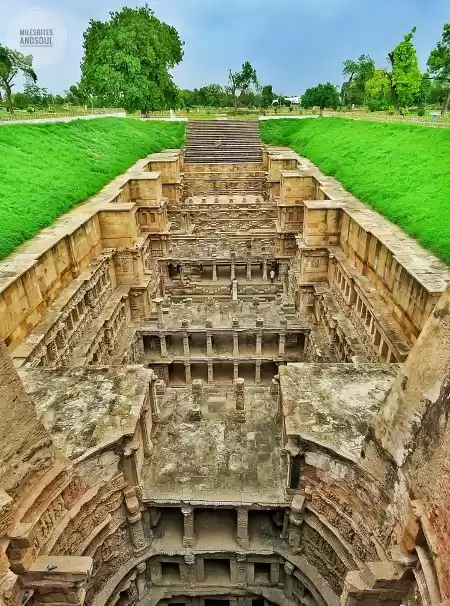Have you ever wondered what lies beneath the ground in Gujarat? If you are looking for a hidden gem that will take your breath away, then you should visit Rani ki Vav, a UNESCO World Heritage Site and a masterpiece of Indian architecture and sculpture. Rani ki Vav, which means the Queen’s Stepwell, is a stunning example of how ancient people created beautiful and functional structures to store and access water. In this article, we will explore the history, significance, features, and tips for visiting Rani ki Vav, one of the most impressive and unique monuments in India.

History and Significance
Rani ki Vav was built in the 11th century CE by Queen Udayamati, the wife of King Bhimdev I of the Solanki dynasty, as a memorial to her husband. The Solankis were one of the most powerful and prosperous dynasties in medieval India, who ruled over present-day Gujarat and parts of Rajasthan. They were patrons of art, literature, and religion, and built many temples, forts, and stepwells in their kingdom.
Stepwells are wells or ponds that are reached by descending a series of steps. They were common in arid regions of India, where water was scarce and precious. Stepwells served as water storage systems, as well as social and religious spaces, where people gathered to drink, bathe, worship, and relax. Stepwells were also symbols of power and status, as they demonstrated the wealth and generosity of their builders.
Rani ki Vav is one of the largest and finest stepwells in India, measuring 64 m long, 20 m wide, and 27 m deep. It is oriented in an east-west direction, with the well shaft at the western end and the entrance at the eastern end. It has a unique inverted temple design, with seven levels of stairs leading to the well. The stairs are flanked by pillared pavilions that house over 500 sculptures of various deities, mythical creatures, celestial beings, and human figures. The sculptures are carved in exquisite detail and expression, showcasing the skill and creativity of the artisans.
Rani ki Vav was a flourishing center of culture and spirituality until the 13th century CE, when it was flooded and buried by the Saraswati river, which changed its course due to an earthquake. The stepwell remained hidden under layers of silt for centuries, until it was rediscovered and excavated by the Archaeological Survey of India (ASI) in the 1980s. The ASI restored and conserved the stepwell, revealing its original glory and beauty.
In 2014, Rani ki Vav was inscribed on the UNESCO World Heritage List for meeting two criteria: representing a masterpiece of human creative genius (criterion i) and exhibiting an important interchange of human values over a span of time or within a cultural area of the world on developments in architecture or technology (criterion iv). Rani ki Vav is not only a remarkable example of water management and engineering but also a testimony to the artistic vision and cultural diversity of medieval India.
Read about Apeksha's Trip to Heritage sites- Old Ahmedabad - Rani ki Vav - Lakshmi Vilas Palace- Gujarat
Architecture and Sculpture
Rani ki Vav is a feast for the eyes and the mind, as it offers a rich variety of architectural and sculptural elements that reflect different aspects of life, death, rebirth, love, beauty, power, and more. Here are some of the main attractions that you should not miss when you visit Rani ki Vav:
The stepped corridor: This is the main passage that leads you from the entrance to the well shaft. It has four levels of stairs that are decorated with floral motifs, geometric patterns, and animal figures. The corridor also has niches that contain sculptures of various gods and goddesses such as Vishnu, Shiva, Ganesha, Lakshmi, Parvati, and Saraswati.
The pillared pavilion: This is the most elaborate and ornate part of Rani ki Vav, where you can see the finest sculptures and carvings. It has three levels of pillars that support domed ceilings with intricate designs. The pillars are adorned with sculptures of apsaras (nymphs), nagkanyas (snake maidens), vidyadharas (celestial musicians), yakshas (nature spirits), and gandharvas (heavenly singers). The pavilion also has panels that depict scenes from Hindu epics such as Ramayana, Mahabharata, and Puranas.
The well shaft: This is the deepest part of Rani ki Vav, where you can see the actual well that stored water. It has a circular shape with a diameter of 10 m and a depth of 30 m. The well shaft is surrounded by walls that have niches with sculptures of Vishnu’s avatars such as Varaha (boar), Narasimha (man-lion), Vamana (dwarf), and Kalki (horseman). The well shaft also has a large sculpture of Vishnu reclining on the serpent Shesha, which is considered the main image of Rani ki Vav.
Rani ki Vav’s sculpture is influenced by various religious and philosophical traditions such as Hinduism, Buddhism, Jainism, and Tantrism. The sculptures represent different aspects of the cosmic order, the cycle of creation and destruction, the balance of opposites, the harmony of nature and human, and the quest for liberation and enlightenment. The sculptures also express the emotions and sentiments of love, joy, sorrow, anger, fear, and devotion. Rani ki Vav’s sculpture is a remarkable example of how art can transcend time and space and connect us with our ancestors and their worldview.
Read about other spectacular stepwells in India
How to Visit Rani ki Vav
Rani ki Vav is located in Patan district of Gujarat state, about 125 km from Ahmedabad, the largest city and former capital of Gujarat. You can reach Rani ki Vav by bus, train, or car from Ahmedabad or other nearby cities.
The nearest railway station is Patan, which is 8 km from Rani ki Vav. The nearest airport is Sardar Vallabhbhai Patel International Airport in Ahmedabad, which is 130 km from Rani ki Vav.
The best time to visit Rani ki Vav is during the winter or monsoon season, from October to March, when the weather is pleasant and the stepwell is filled with water.
You can visit Rani ki Vav on any day except national holidays, from 8 am to 6 pm. The entry fee is Rs 40 for Indians and Rs 600 for foreigners. You can also buy a combined ticket for Rani ki Vav and Sahastralinga Talav, another historical site in Patan, for Rs 50 for Indians and Rs 750 for foreigners.

Here are some tips and suggestions for visiting Rani ki Vav:
- Wear comfortable shoes and clothes, as you will have to walk down and up many steps to explore the stepwell.
- Carry water and snacks, as there are no shops or restaurants near the stepwell.
- Respect the rules and regulations of the site, such as not touching or climbing on the sculptures, not littering or vandalizing, not smoking or drinking, etc.
- Take photos with permission, as photography is allowed but flash photography is prohibited.
- Hire a guide or use an audio guide, as they will provide you with more information and insights about the history, architecture, and sculpture of Rani ki Vav.
- Visit other places in Patan and Gujarat, such as Sahastralinga Talav, a lake with thousands of Shiva lingas; Patola Saree Making Unit, where you can see the traditional weaving technique of Patola sarees; Modhera Sun Temple, a magnificent temple dedicated to the sun god; Adalaj Stepwell, another beautiful stepwell with intricate carvings; Ahmedabad Heritage Walk, a guided tour of the old city’s monuments and markets; etc.
Conclusion
Rani ki Vav is a stepwell of art and history that will amaze you with its beauty and grandeur. It is a testament to the creativity and ingenuity of the people who built it and a treasure trove of the culture and spirituality of medieval India.
If you are looking for a unique and unforgettable experience in Gujarat, then you should definitely visit Rani ki Vav. You will not regret it!

